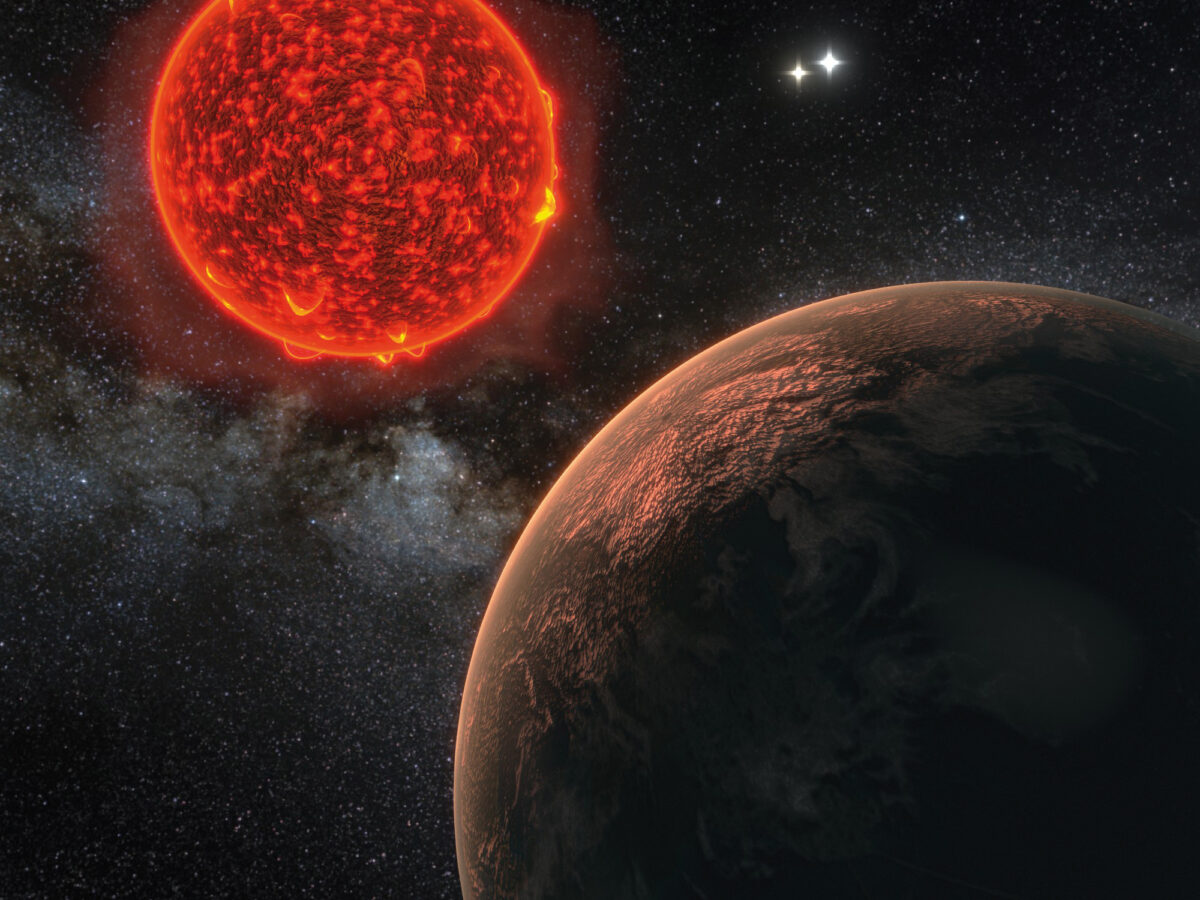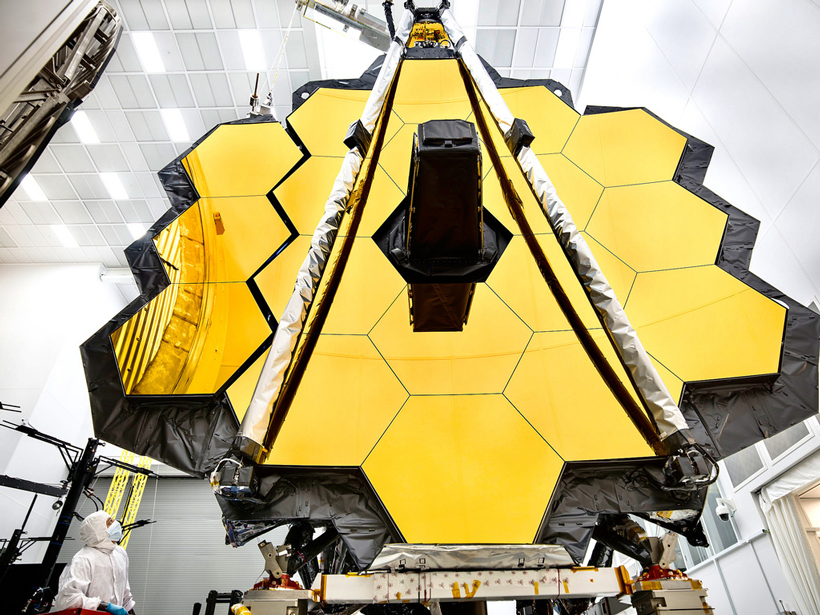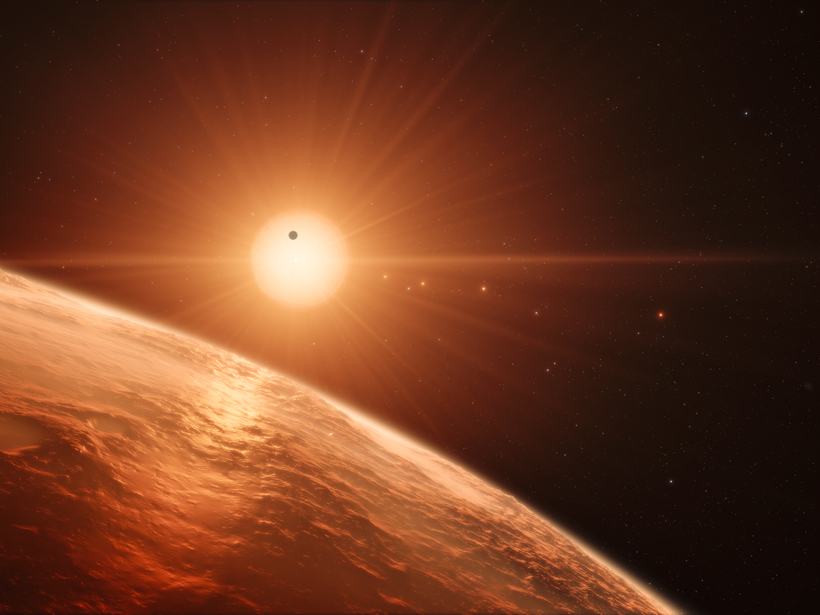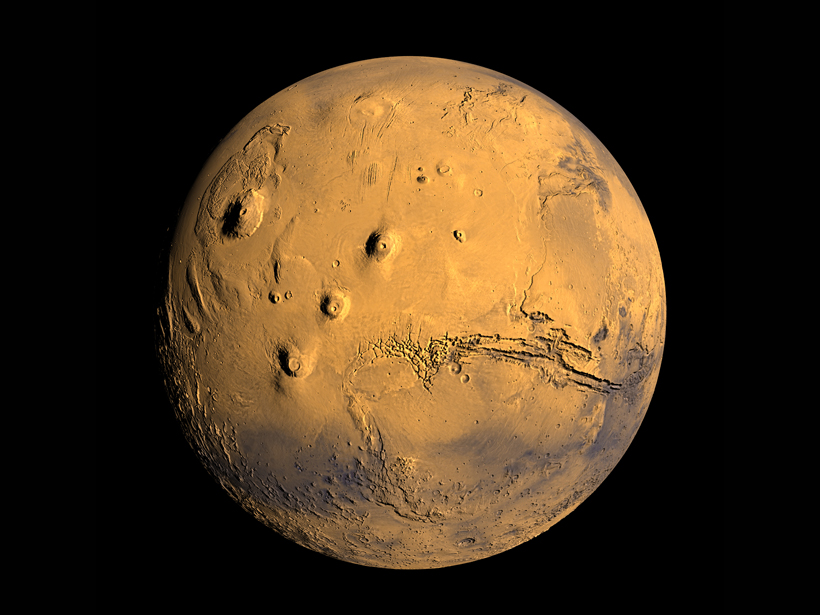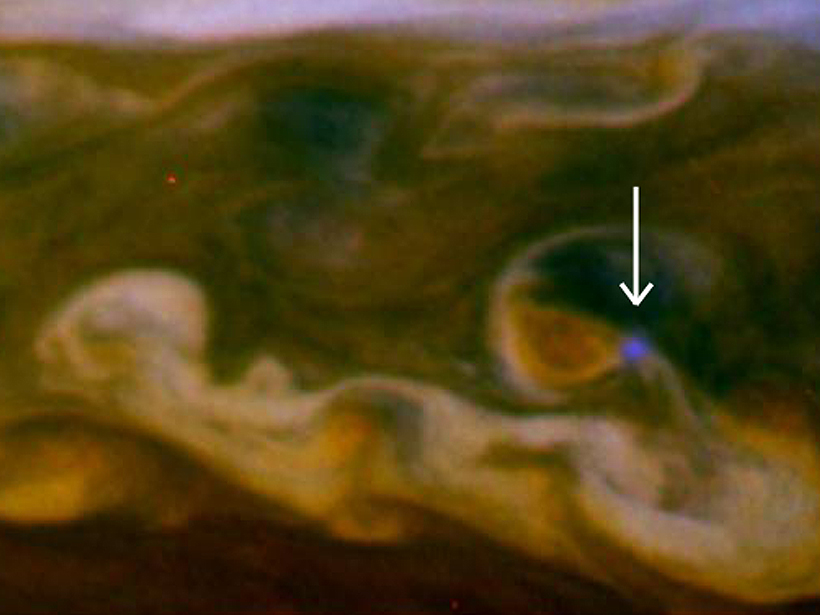Can a star make planets with 10% of what the Sun had to work with? A synergy between two powerhouse survey telescopes is helping astronomers find that answer.
planets
Nearest Star System May Have a Second Planet
The exoplanet candidate, tentatively named Proxima c, would be a frozen snowball.
Johnson Receives 2018 Ronald Greeley Early Career Award in Planetary Sciences
Brandon Johnson will receive the 2018 Ronald Greeley Early Career Award in Planetary Sciences at AGU’s Fall Meeting 2018, to be held 10–14 December in Washington, D. C. The award recognizes “significant early career contributions to planetary science.”
Planetary Science Up, Earth Science Down in Proposed NASA Budget
The agency’s acting administrator says that the fiscal year 2018 White House budget request tells NASA to stay the course.
Starlike Brown Dwarf? Not Anymore
Because of a new, surprisingly smaller mass estimate for a much-studied, nearby brown dwarf, astronomers now regard the familiar object as merely planetlike.
A New Theory May Explain “Impossible” TRAPPIST-1 Planets
The proposed formation scenario relies on unconventional processes to account for a bevy of seven Earth-sized exoplanets recently found orbiting an unlikely star.
Proposed NASA Budget: Earth Science Up, Planetary Science Down
A new line item for space transportation would support NASA partnerships with commercial spaceflight vendors and reduce dependence on Russia for transporting astronauts.
Proposed Planet Nine Elicits Cheers, Yawns, Hunt for Proof
Evidence of a large, unseen planet at the solar system's margins prompted a flurry of scientific paper downloads, as well as oodles of skepticism. There's no sighting yet of the purported body.
3-D Models Put Scientists, Students in Touch with Planets
Three-dimensional printing gives planetary scientists new ways to explore distant worlds and engage students.
Gaseous Planets May Have Huge Luminous Rings Caused by Lightning
What business do elves have in the upper atmospheres of gas giants? Plenty, it seems. The enormous ring-shaped phenomena triggered by lightning may occur on Jupiter, Saturn, and exoplanets.


